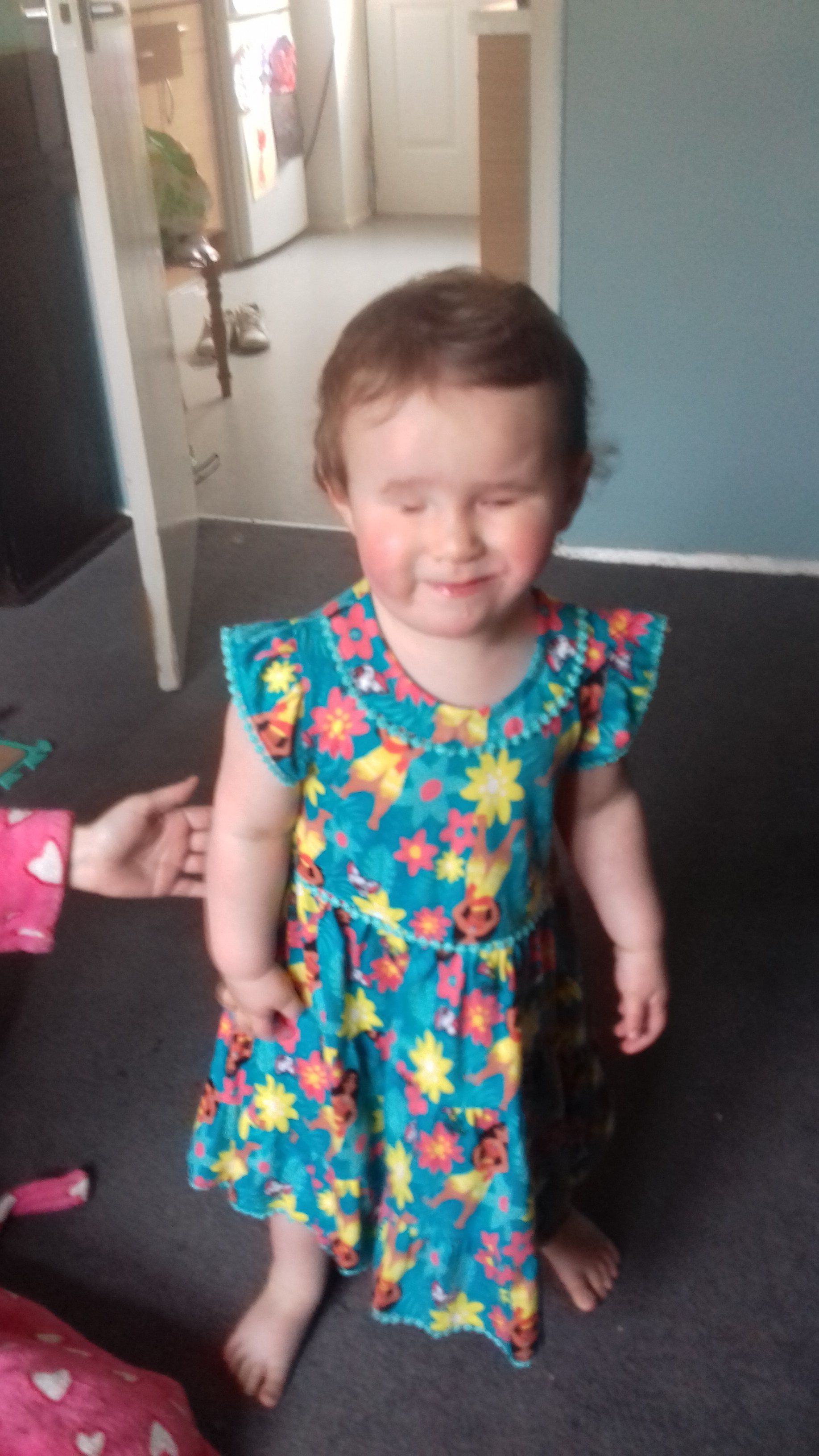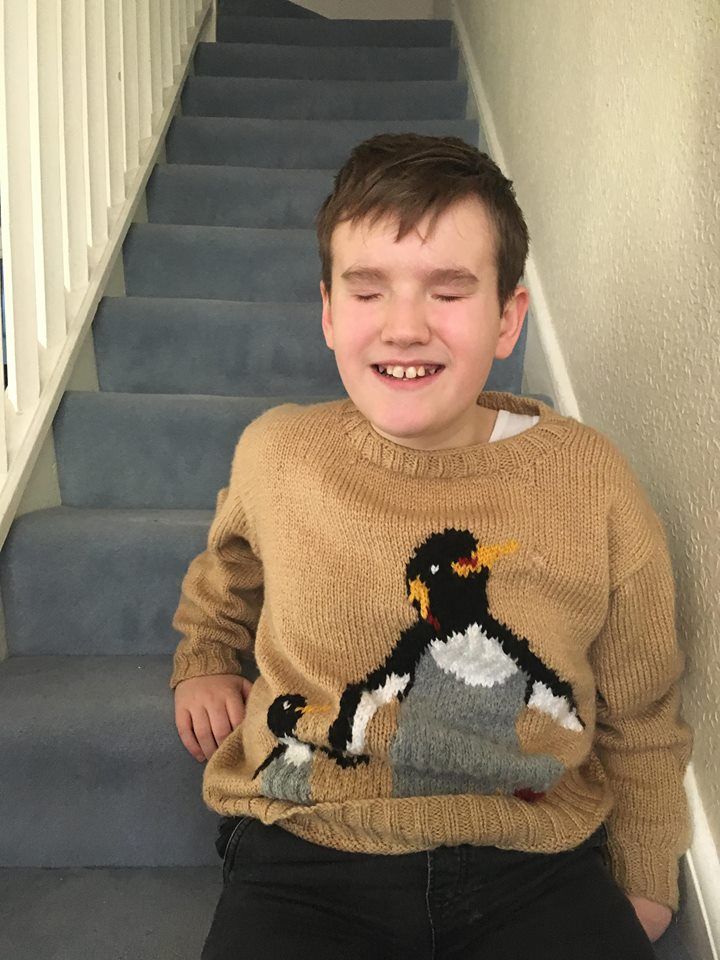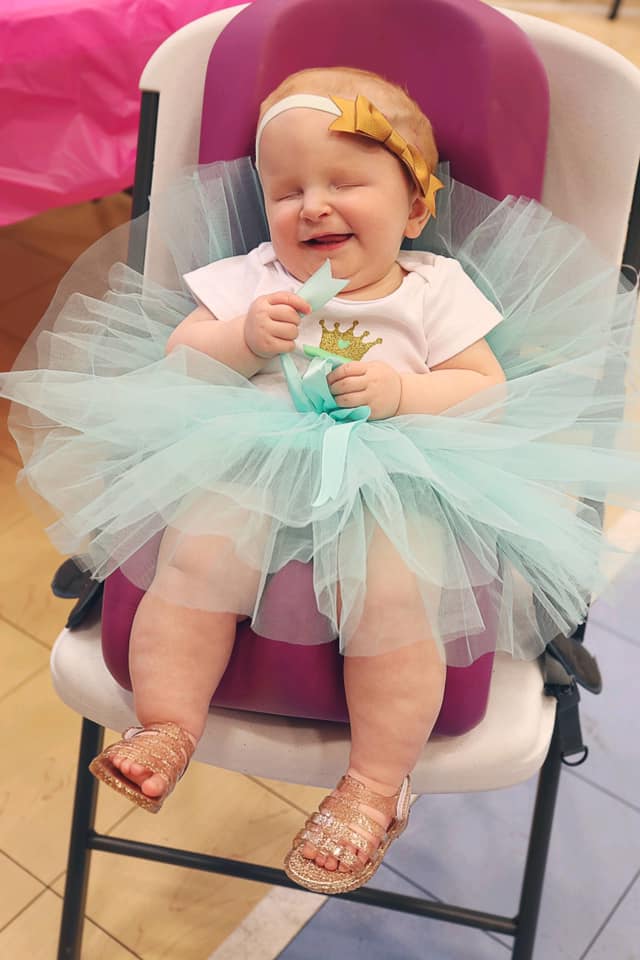BILATERAL ANOPHTHALMIA- INFORMATION
Anophthalmia is the medical term used to describe the absence of the globe and ocular tissue from the orbit
Definition
Bilateral Anophthalmia is a medical term for the absence of both eyes. It occurs during early fetal development. The eye begins to form but stops for some reason. Anophthalmia can occur unilaterally, meaning it occurs bilaterally, or in both eyes. It can also be associated with other genetic conditions.There is no treatment bilateral anophthalmia that will create or restore vision. Children with anophthalmia can be fitted for a prosthetic (artificial) eye for cosmetic purposes and to promote socket growth. A prosthetic can be made from a very early age for the child.
Associated Conditions
Anophthalmia can have other related conditions which can include autism, physical and mental disabilities. At this time, there is no known cause for anophthalmia. Anophthalmia can present itself in isolation or in conjunction with other birth defects. A Geneticist, Physician or Doctor whose speciality is genetic conditions (See Genetics link), can help identify possible causes of anophthalmia and discuss the possibility of it occurring again in the family.
Treatment
There is no treatment available that will create a new eye or that will restore complete vision for those affected by anophthalmia. A baby born with bilateral Anophthalmia should be seen by a team of special eye doctors:
- An ophthalmologist, a doctor specially trained to care for eyes
- An ocularist, a healthcare provider who is specially trained in making and fitting prosthetic eyes
- An oculoplastic surgeon, a doctor who specializes in surgery for the eye and eye socket
The eye sockets are critical for a baby’s face to grow and develop properly. If a baby has one of these conditions, the bones that shape the eye socket may not grow properly. Babies can be fitted with a plastic structure called a conformer that can help the eye socket and bones to grow properly. As babies get older, these devices will need to be enlarged to help expand the eye socket. Also, as children age, they can be fitted for an artificial eye.
A team of eye specialists should frequently monitor children with these conditions early in life.





